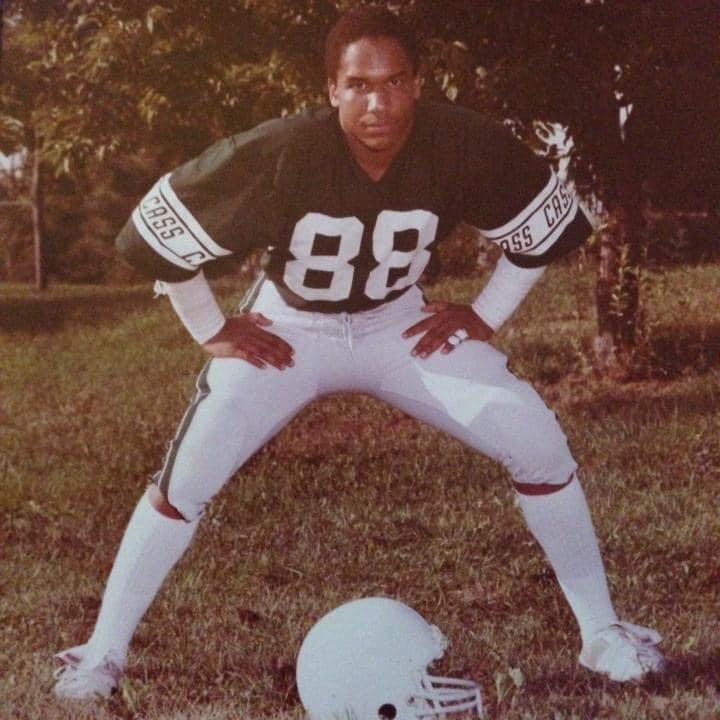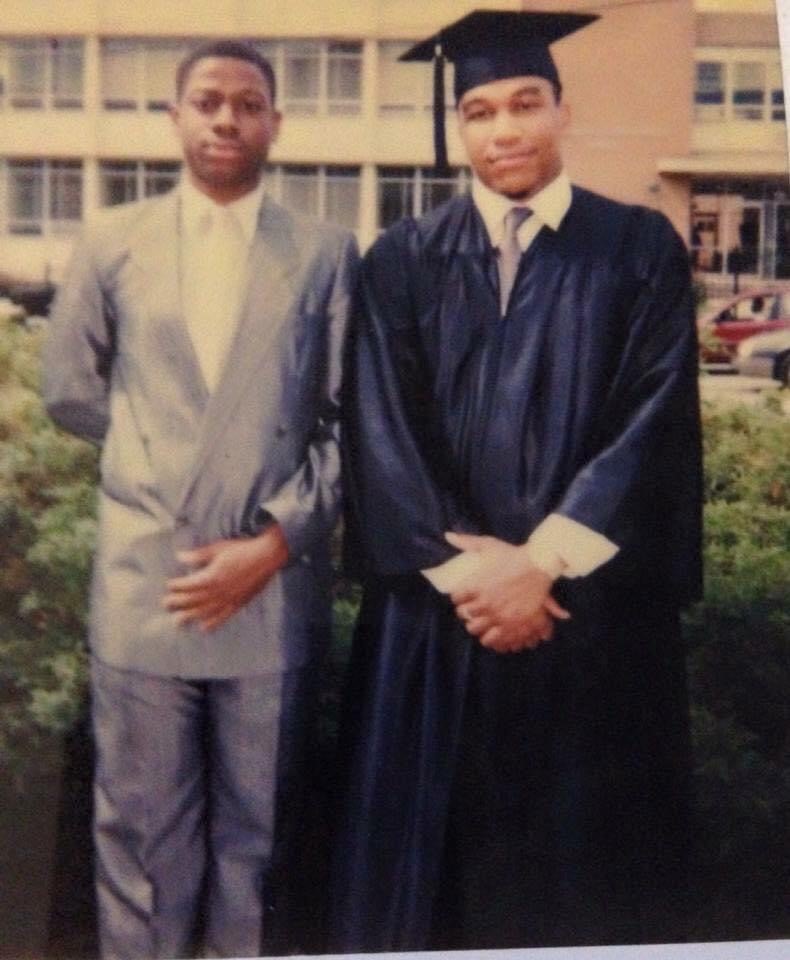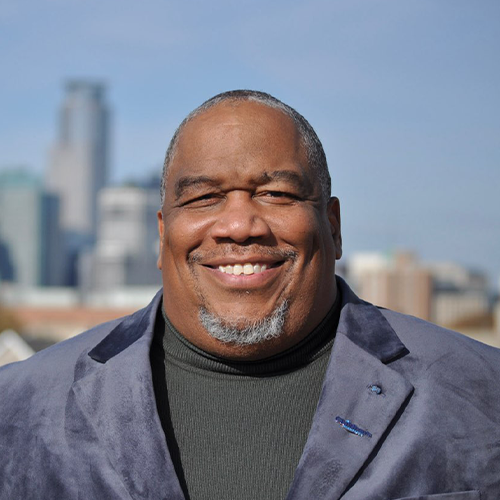A sobering statistic
You hear the word trauma more often these days, but there’s still stigma associated with it in the Black community. We don’t talk about our mental health enough, even though Black children are twice as likely to die by suicide than white children.
Recently I was part of a panel discussion called Black Men and Mental Health hosted by the Congressional Black Caucus Foundation. I want to thank Jahmal Miller of CommonSpirit Health for the invitation and the trust in me to participate in this important conversation. Listening to my fellow panelists and folks in the audience, it’s clear: We have to show our young people how to acknowledge, talk about, and address their trauma. We have to teach them that it is OK to ask for help. And then we have to make sure they get the help they need. We must make sure they know what trauma is and that they know how to address it.
Next month Children’s Minnesota is opening its first inpatient mental health unit. What if none of the caregivers understood what’s going on with their young Black patients or the effects of the trauma many of them face daily? If I want to get assistance with my mental health, I want to see psychologists and psychiatrists who look like me. We must have people serving patients and families who look like them and have similar experiences. Cultural humility, cultural understanding and culturally responsive care is a must for success. If we don’t create an environment with racial diversity and cultural humility, we may cause more trauma to kids who resemble me and my ways from back in the day. We know what trauma is and its negative impacts, so we must do better.
We’ve got to get this right!
The right kind of care
We need to provide culturally humble and knowledgeable care to people of all races and ethnicities. We’ve got to talk to our kids about their feelings, their mental health, their sexuality, their gender identity and more. And we’ve got to start doing it when they’re young, so they don’t have to go through what I went through as a kid. They need to know that trauma exists, and it is ok to address it.
It took me a while to realize it, but I know that I have to take care of my mental health. If I don’t, I can’t succeed at my most important job, being a great dad to my 10-year-old daughter Teresa. I am a Black man who is willing to address my mental health needs. Are you?



